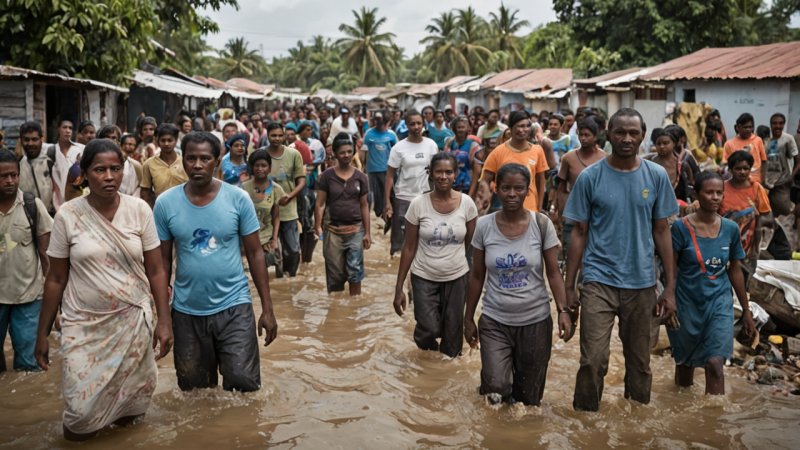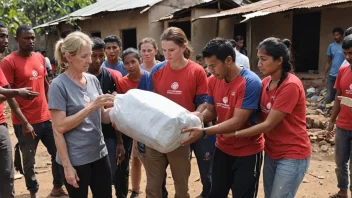Non-governmental organizations (NGOs) play a crucial role in long-term disaster recovery, stepping in to support communities in the aftermath of calamities. While immediate relief efforts are essential, the long-term recovery phase is where NGOs truly shine. Their multifaceted approach encompasses health care, education, infrastructure rebuilding, and economic recovery, ensuring that affected communities can regain their footing and thrive once again.
The immediate aftermath of a disaster often sees NGOs mobilizing quickly to provide food, water, and medical care. However, their work doesn't end there. Long-term recovery requires a more nuanced understanding of the community's needs and the systemic issues that may have exacerbated the disaster's impact. NGOs possess the expertise and flexibility to adapt their strategies over time, addressing the evolving challenges faced by affected populations.
One significant aspect of an NGO's role in long-term recovery is community engagement. By involving local stakeholders in the recovery process, NGOs help ensure that initiatives are culturally sensitive and relevant. This participatory approach fosters a sense of ownership among community members, empowering them to take charge of their own recovery journey. NGOs often facilitate workshops and meetings to gather input, allowing the community to express their priorities and concerns. This feedback is invaluable in shaping effective and sustainable recovery programs.
Education is another area where NGOs make a lasting impact. In the wake of a disaster, educational infrastructure often suffers significant damage, leaving children and adults without the necessary resources to learn and grow. NGOs frequently step in to provide temporary learning spaces, supplies, and trained educators. Over time, they work toward rebuilding schools and implementing educational programs that cater to the unique needs of the affected population. By prioritizing education, NGOs help ensure that the next generation can break the cycle of poverty and build a more resilient future.
Economic recovery is equally vital in the long-term disaster recovery process. NGOs often implement livelihood programs aimed at restoring economic stability and creating job opportunities. These initiatives may include skills training, microfinance programs, and support for small businesses. By focusing on sustainable economic development, NGOs help communities rebuild their economies and reduce dependency on external aid.
Health care is another critical component of long-term recovery. NGOs often set up clinics, provide mental health support, and facilitate access to essential medicines. Understanding that disasters can have lasting psychological effects, many NGOs incorporate mental health services into their recovery efforts. This holistic approach ensures that individuals and communities can recover not only physically but also emotionally.
In conclusion, NGOs are indispensable players in the long-term disaster recovery landscape. Their commitment to community engagement, education, economic recovery, and health care creates a comprehensive framework that supports communities in rebuilding their lives. For individuals looking to get involved, consider volunteering with or supporting local NGOs engaged in disaster recovery efforts. Every action counts, and collectively, we can help communities rise stronger than before.
NGOs: Pioneers in Long-Term Disaster Recovery
Explore the vital role NGOs play in supporting communities during long-term recovery after disasters.






